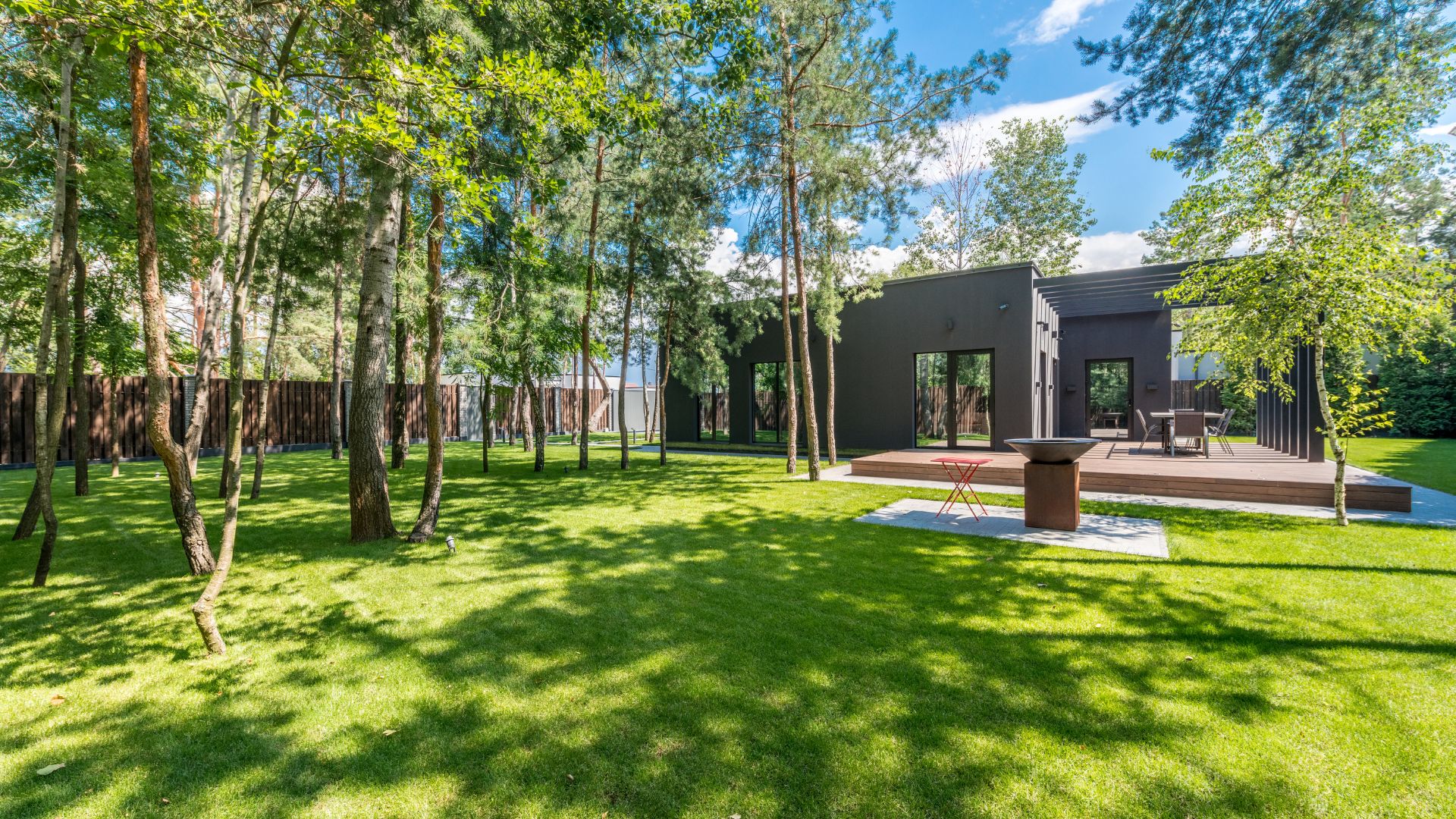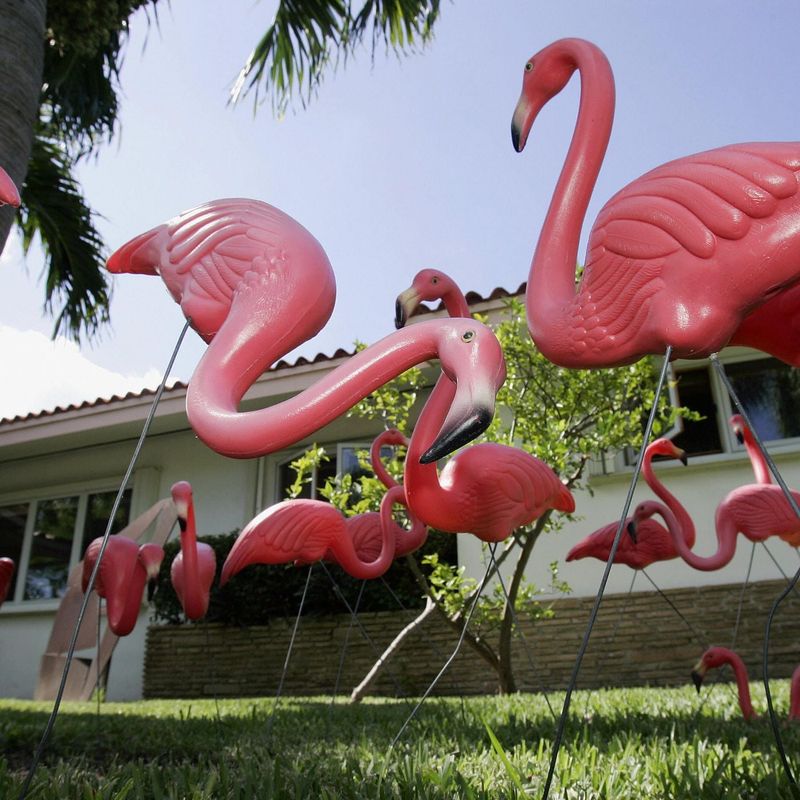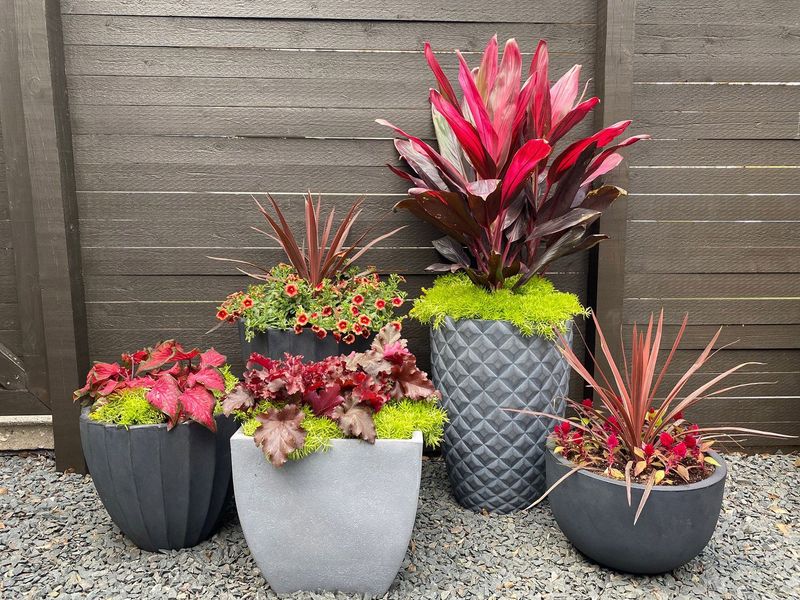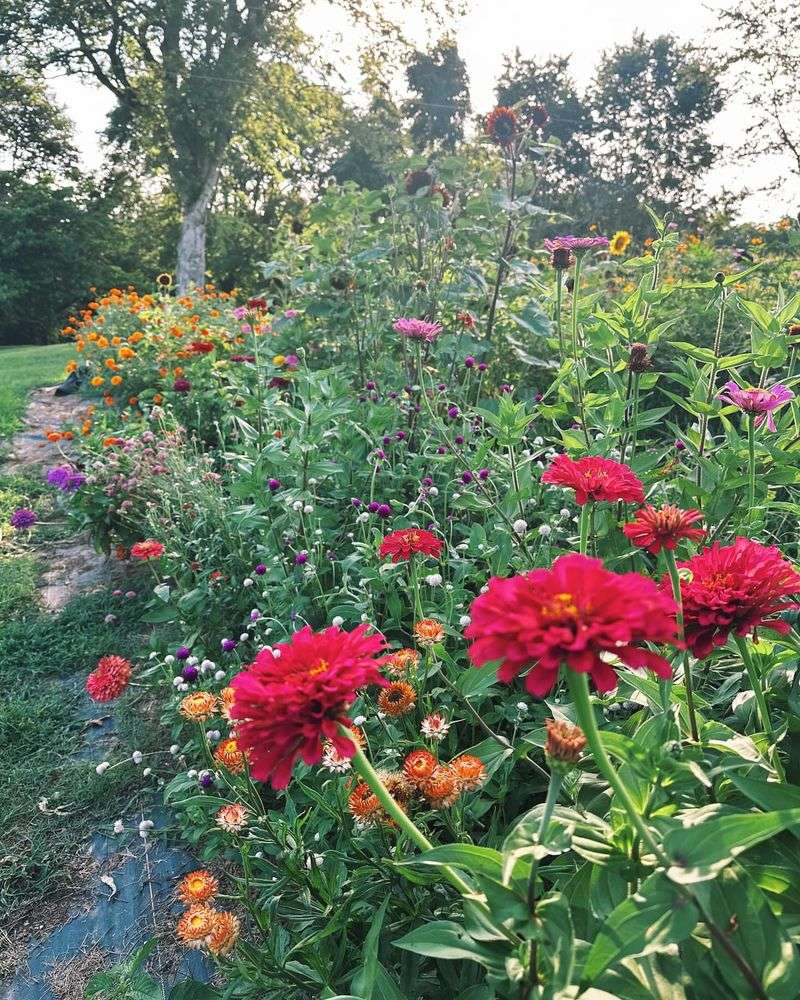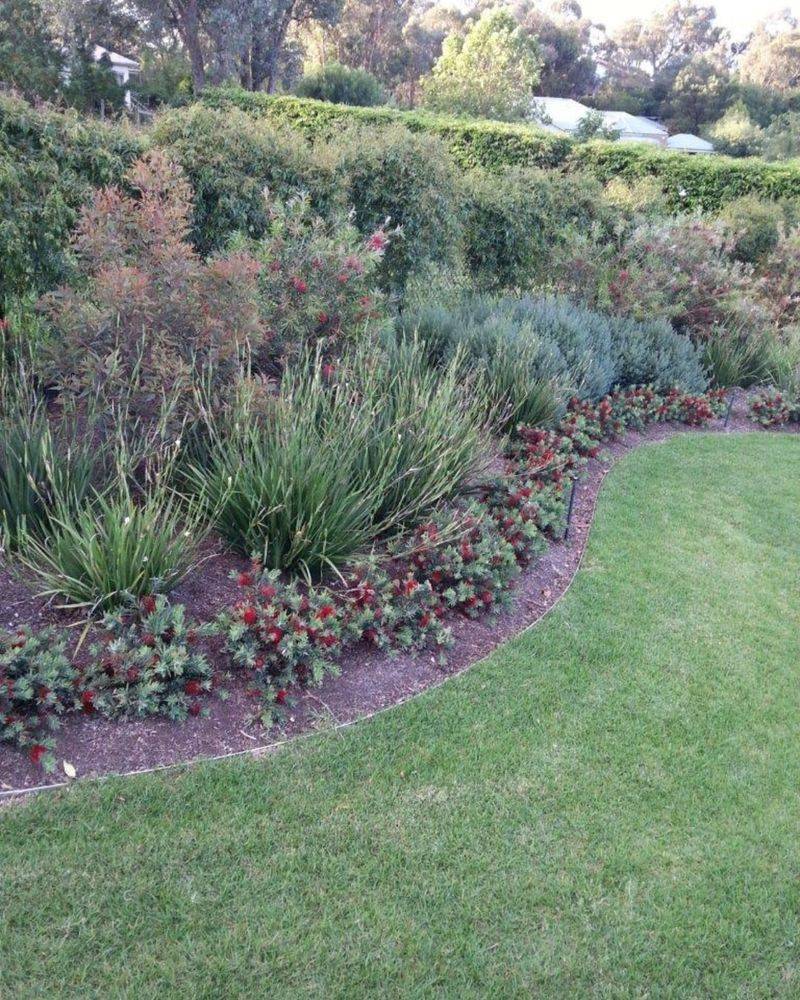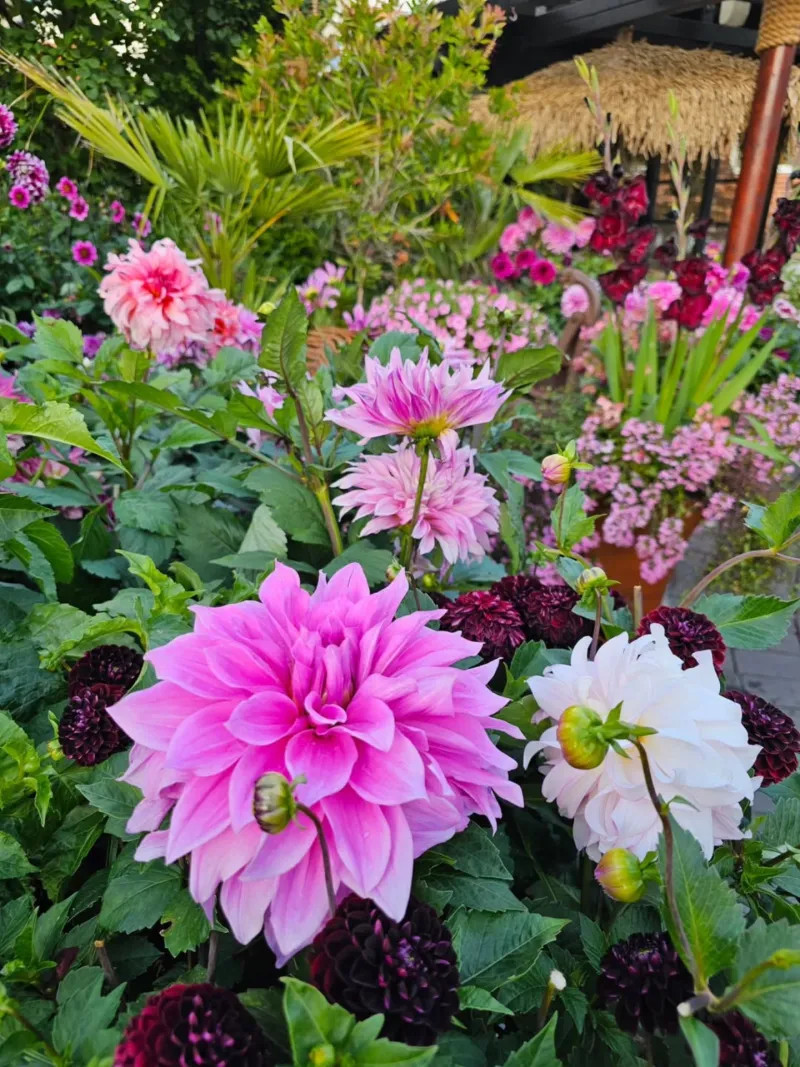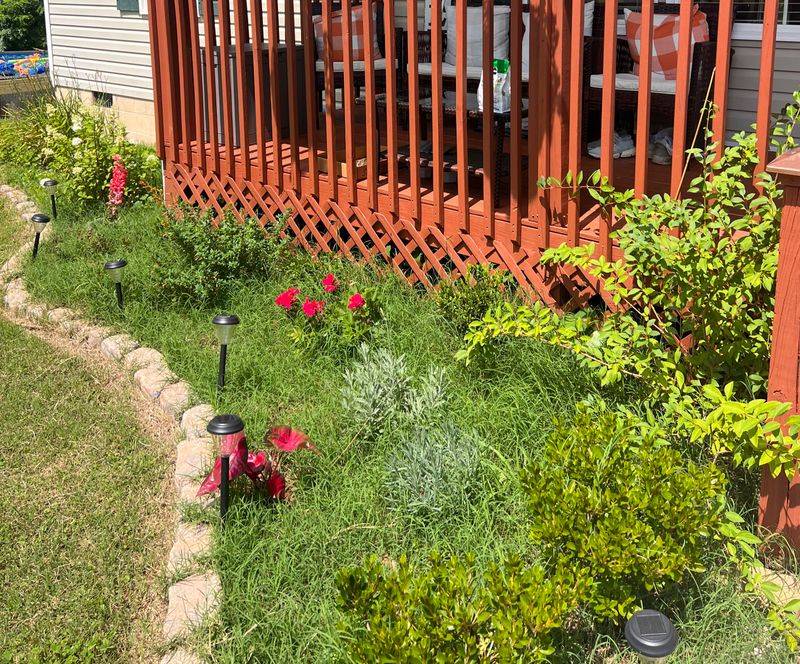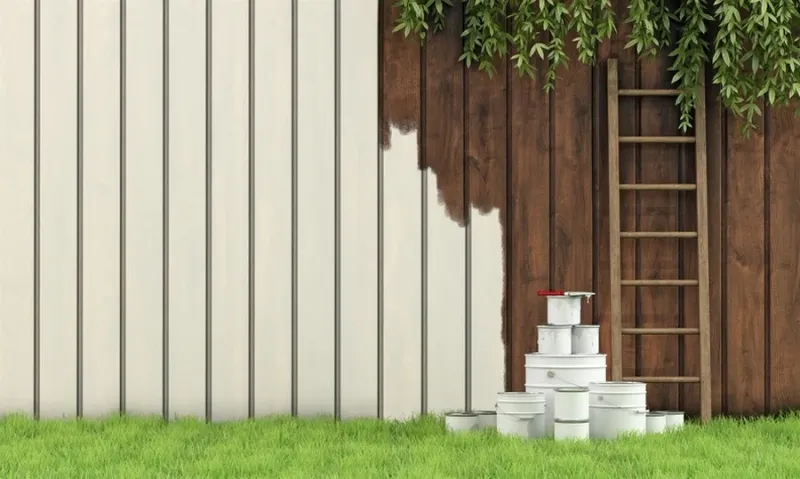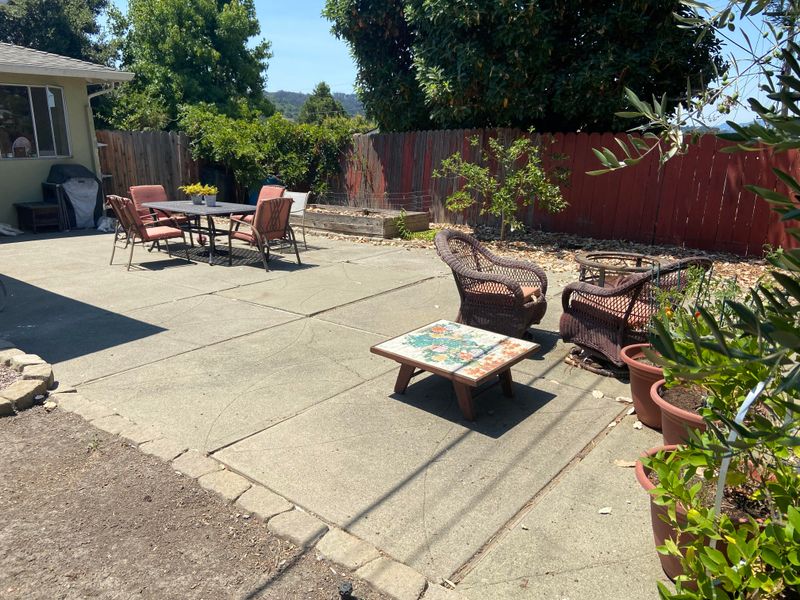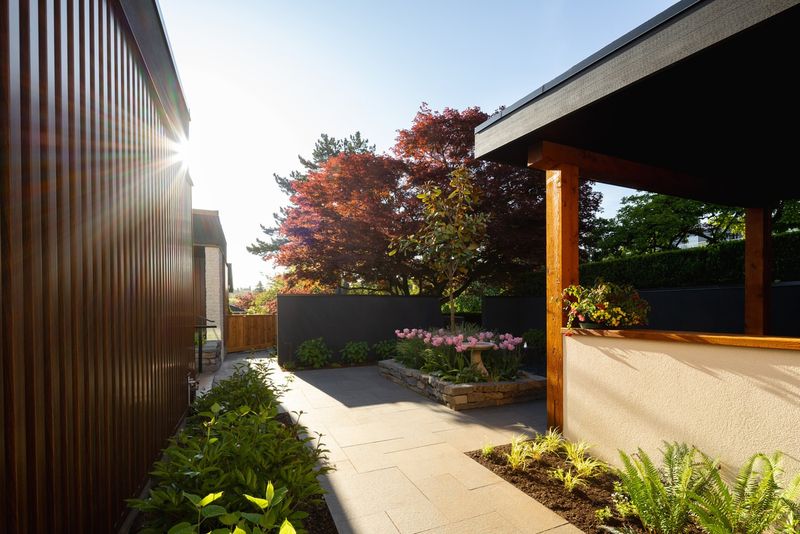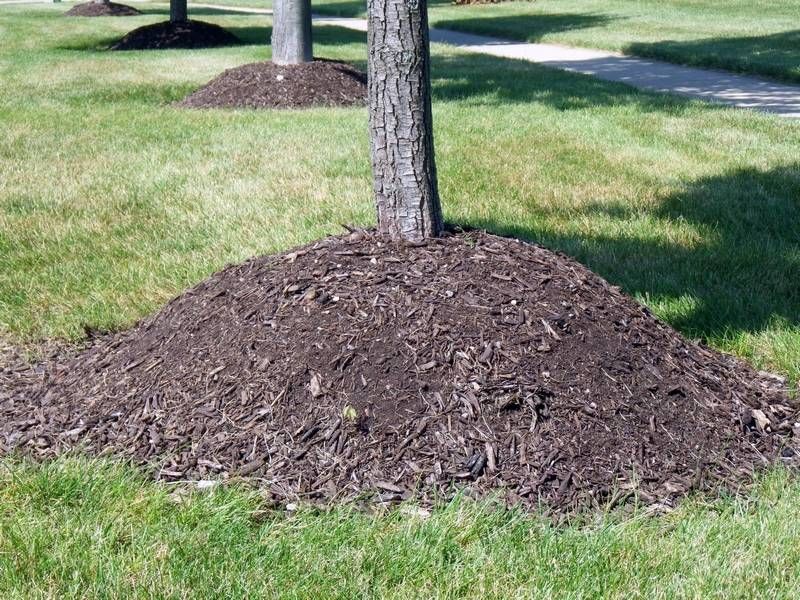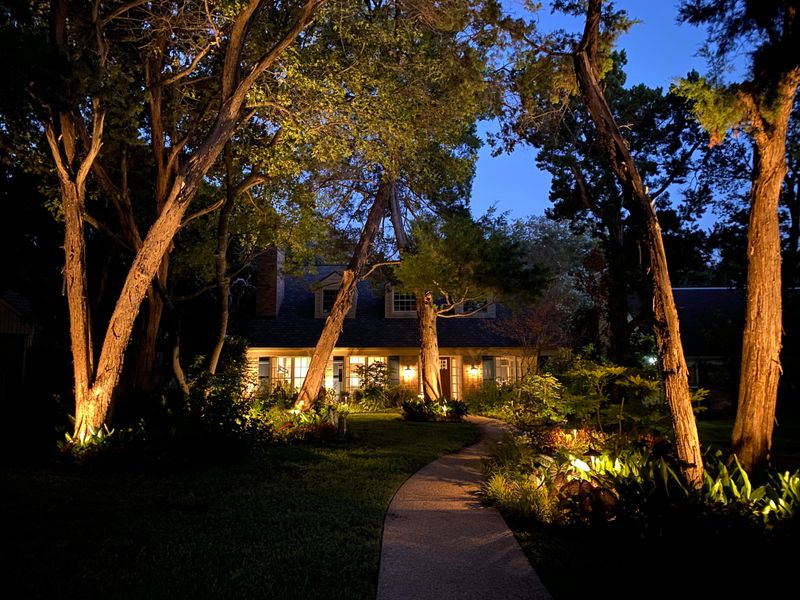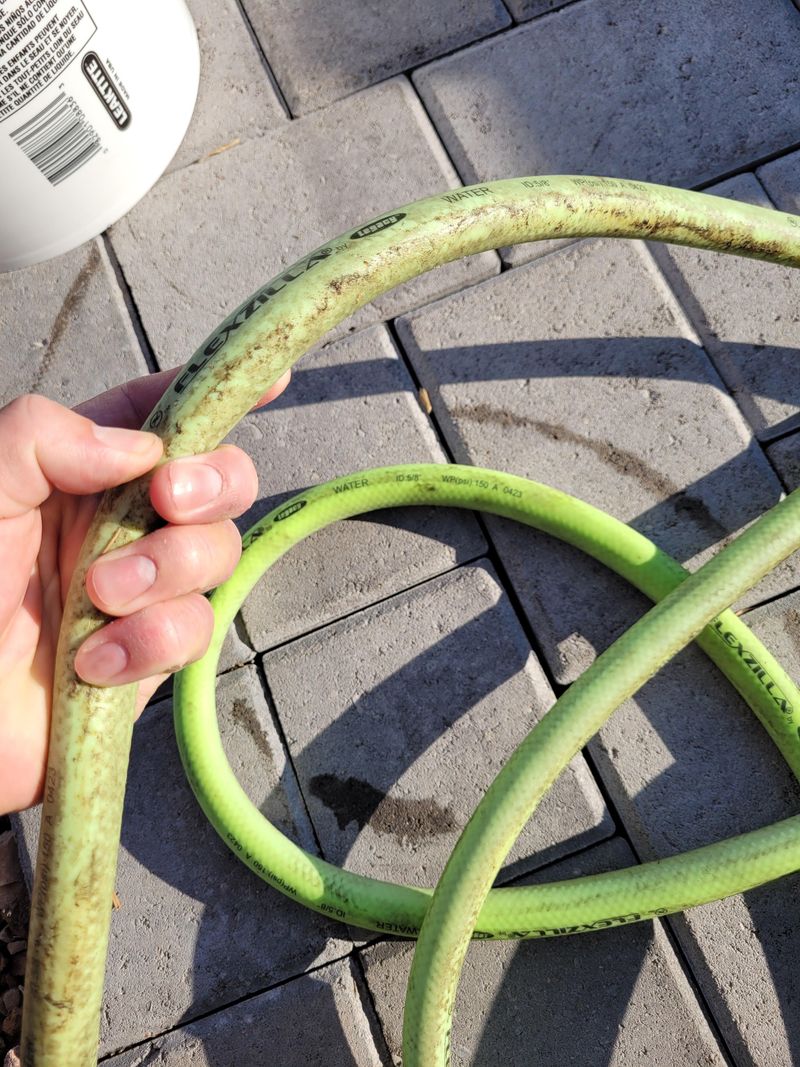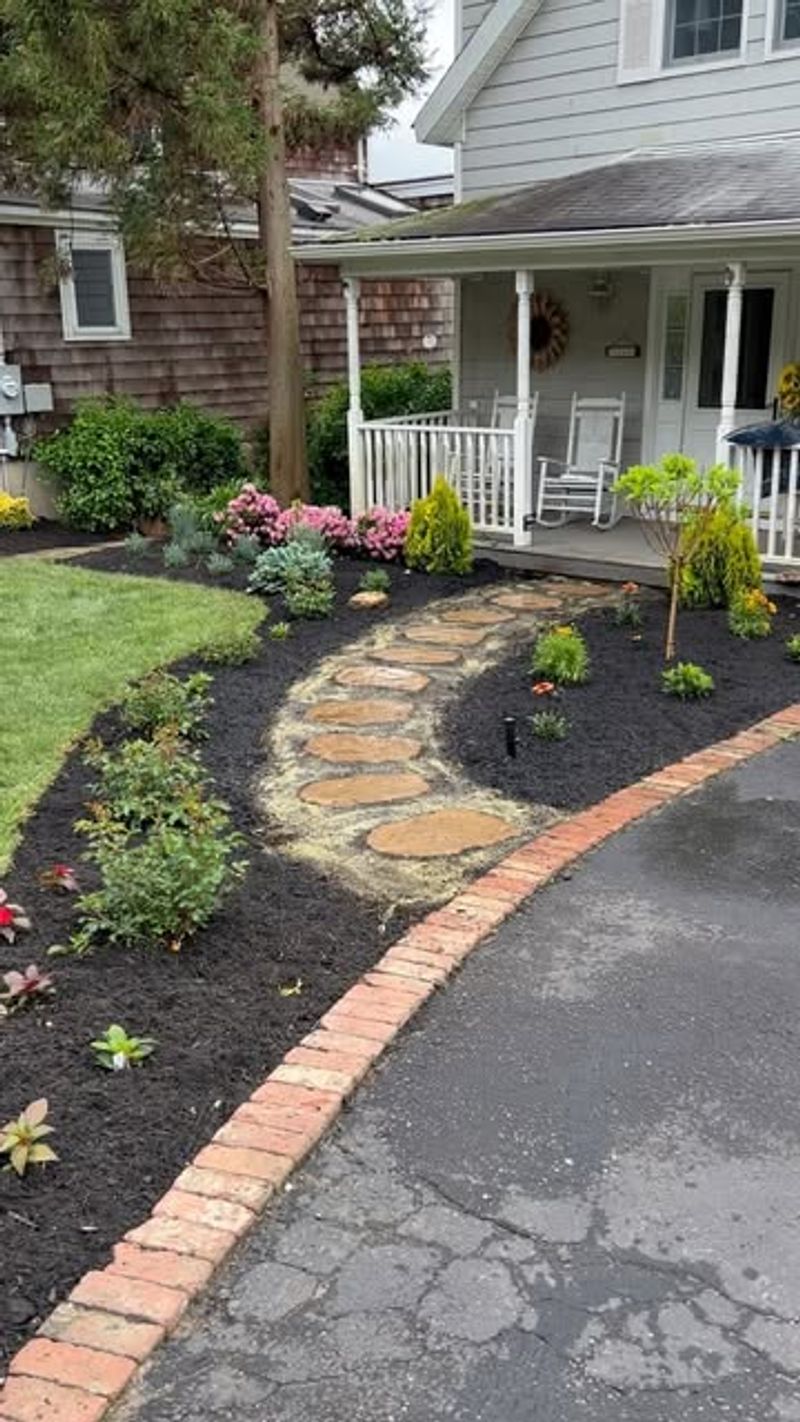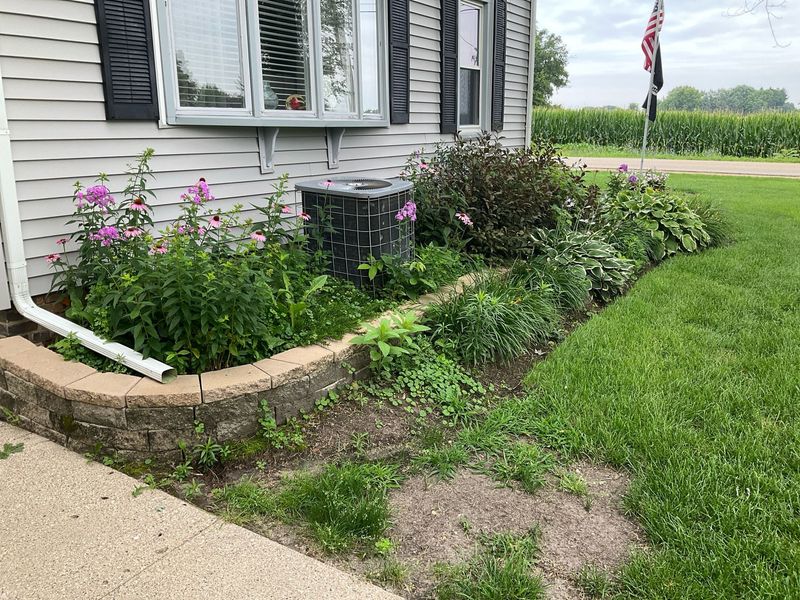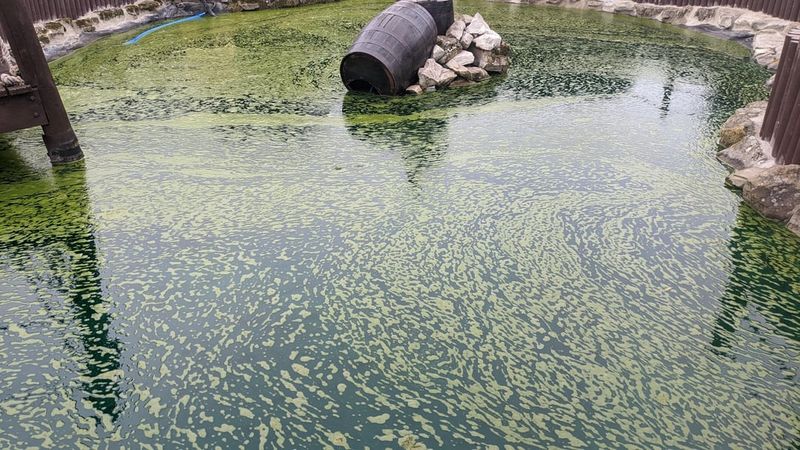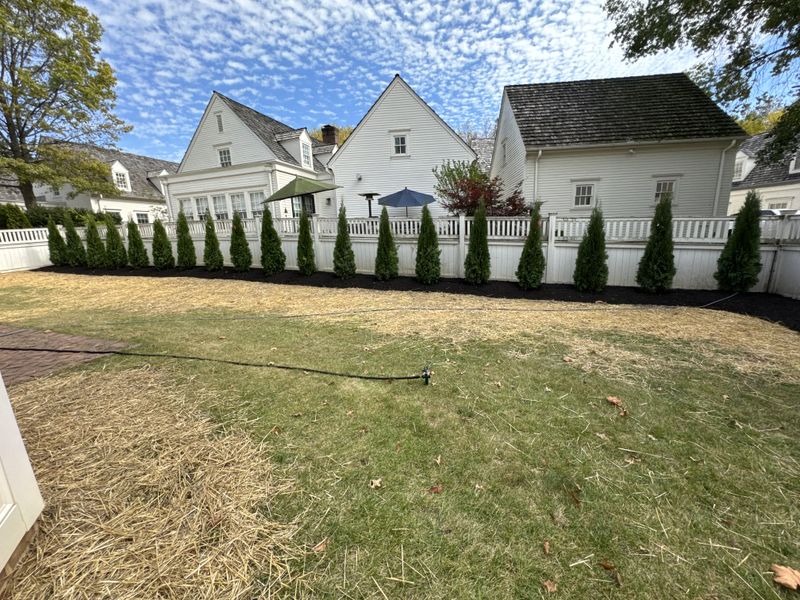Your yard is meant to be a peaceful escape, but a few design missteps can throw off the whole vibe. Even with the best intentions, things like mismatched colors or awkward plant placement can make a garden feel chaotic instead of calming.
Subtle choices often have a big impact. Landscape pros spot these “icks” instantly—like overgrown borders, clashing styles, or hardscapes that dominate the space. These mistakes can distract from nature’s beauty and make your yard less inviting. Fortunately, most of them are easy to fix with thoughtful tweaks.
From balancing symmetry to choosing the right focal points, small changes can make your garden shine. It’s all about creating flow, texture, and cohesion. When everything works together, your outdoor space becomes the sanctuary you always imagined.
1. Plastic Lawn Ornaments Overload
Walking into a yard filled with plastic flamingos, gnomes, and decorative frogs creates an instant visual chaos. Too many ornaments compete for attention and distract from natural beauty.
I once visited a neighbor’s garden with over thirty plastic animals scattered throughout. The effect wasn’t whimsical—it was overwhelming.
Limit decorative elements to a few meaningful pieces that complement rather than dominate your landscape. Quality over quantity creates a more sophisticated outdoor space.
2. Mismatched Planting Containers
Random containers in different sizes, colors, and materials scattered throughout your yard create a disjointed, unplanned appearance. The visual disconnect makes even beautiful plants look haphazard.
Coordinating your containers doesn’t mean they must be identical. My garden improved dramatically when I switched to terra cotta pots in varying sizes instead of my previous plastic container collection.
Choose containers with a common element—similar material, color family, or style—to create cohesion while still allowing for variety and interest in your plant displays.
3. Straight-Line Syndrome
Gardens with plants arranged in perfectly straight rows like soldiers on parade look unnatural and rigid. Nature doesn’t grow in straight lines, and neither should your garden beds.
The first garden I designed had everything in military-precise rows. It looked more like a vegetable plot than a relaxing space to enjoy.
Create curved, flowing beds that mimic natural landscapes. Group plants in clusters of odd numbers (3, 5, or 7) to achieve a more organic, pleasing arrangement that draws the eye through the garden naturally.
4. Scale Mismatch Disaster
Tiny furniture drowning in a vast patio or massive planters squeezing narrow pathways creates uncomfortable, unusable spaces. Scale problems make gardens feel awkward and poorly planned.
My patio looked barren for years with its dainty bistro set lost in a sea of concrete. Replacing it with appropriately sized furniture transformed the space immediately.
Measure your outdoor areas before purchasing elements. A good rule: furniture and features should fill about two-thirds of the intended space, leaving room for movement while avoiding a sparse, empty feeling.
5. Border-less Bed Blunders
Garden beds without clear borders create a messy, undefined look as plants and mulch spill onto lawns or pathways. The lack of containment makes maintenance difficult and gives an unfinished appearance.
Edging transforms garden beds instantly. Last summer, I added simple stone borders to my perennial beds, and the difference was remarkable—like putting a frame around artwork.
Simple edging options include buried stone, brick, metal strips, or even a cleanly cut grass edge. These borders create visual definition while keeping materials in place, giving your garden a polished, intentional design.
6. Rainbow Flower Chaos
Gardens with every color of the rainbow crammed together create visual confusion rather than harmony. Too many competing colors make it impossible for the eye to rest or appreciate individual plants.
Limiting your palette doesn’t mean boring gardens. My front yard transformed when I switched from a riot of colors to a cohesive scheme of purples, blues and whites.
Choose a color scheme with 2-3 main colors plus complementary accents. This approach creates a more sophisticated, restful space while still providing plenty of visual interest through texture and form variations.
7. Lonely Plant Islands
Single plants floating in vast mulch seas create disconnected “plant islands” that fail to form a cohesive garden. These isolated specimens look random and highlight the empty space around them rather than creating beauty.
Group plants in communities instead. When redesigning my backyard, I removed scattered individual plants and created mixed beds with layers of compatible species.
Plant in drifts or clusters that mimic how plants grow in nature. Position taller specimens behind medium and ground-covering plants to create depth, interest, and a more natural-looking garden that feels intentionally designed.
8. Fence Neglect Eyesore
Fences with peeling paint, missing boards, or leaning sections instantly downgrade your entire garden’s appearance. These boundaries form the “walls” of your outdoor room and demand attention.
A client’s beautiful garden was completely undermined by their deteriorating fence. After repairing and staining it, the entire yard suddenly looked professionally designed.
Schedule regular fence maintenance—cleaning, repairs, and fresh paint or stain every few years. Consider fences an extension of your home’s architecture rather than merely functional boundaries to be ignored.
9. Concrete Jungle Overload
Excessive hardscaping—concrete patios, pathways, and walls—creates a cold, institutional feel that contradicts the natural purpose of gardens. Too much concrete suffocates the landscape and prevents proper drainage.
Balancing hardscape elements with plantings softens the environment. My driveway transformation included removing concrete strips and replacing them with permeable pavers bordered by low-growing herbs.
Aim for a 60/40 ratio of planted areas to hardscaping. When installing patios or paths, consider permeable materials like gravel or spaced pavers that allow water infiltration while still providing functional surfaces.
10. Scattered Focal Point Confusion
Gardens with too many focal points—statues, water features, specimen plants—create visual competition rather than harmony. When everything screams for attention, nothing stands out meaningfully.
Focal points should guide the eye through the landscape. After removing three competing features from my small front yard, the remaining Japanese maple finally became the stunning centerpiece it deserved to be.
Limit larger gardens to 2-3 focal points positioned where views naturally terminate. In smaller spaces, commit to just one standout feature and let supporting elements enhance rather than compete with it.
11. Mulch Mountain Madness
Excessive mulch piled high against tree trunks creates unattractive “volcanoes” that damage plants. These mulch mountains suffocate roots, encourage rot, and create habitats for pests and diseases.
Proper mulching makes a subtle but significant difference. I cringe remembering how I used to heap mulch around my trees before learning better techniques.
Apply a 2-3 inch layer of mulch that tapers to nothing at tree trunks and plant stems. Create a slight basin around plants to direct water toward roots rather than building peaks that shed moisture away from where it’s needed.
12. Lighting Scheme Failures
Harsh, bright floodlights turn nighttime gardens into interrogation scenes rather than magical spaces. Poor lighting creates harsh shadows, blinds visitors, and ruins the subtle beauty of evening gardens.
Night lighting should enhance, not overwhelm. Replacing my back patio’s single bright spotlight with several soft path lights transformed our evening experience completely.
Choose fixtures that direct light downward to reduce glare. Layer lighting at different heights using a combination of path lights, uplights for trees, and soft ambient lighting to create depth and highlight special features without harsh contrasts.
13. Irrigation Hose Tangle
Exposed hoses snaking across lawns and gardens create trip hazards and visual clutter. These utilitarian elements instantly make even well-designed gardens look messy and unfinished.
Hidden irrigation systems elevate garden aesthetics dramatically. My front yard looked perpetually untidy until I invested in buried drip lines that disappeared from view while improving plant health.
Install permanent irrigation systems below ground where possible, or use decorative containers to hide hose reels. For temporary watering needs, choose hoses in earth tones that blend with the landscape rather than bright colors that draw attention.
14. Foundation Planting Failures
Tiny shrubs floating in a sea of mulch around house foundations create a disconnected, sparse appearance. Equally problematic are overgrown foundation plants blocking windows and crowding walkways.
Foundation plantings should complement architecture, not fight with it. After removing the massive junipers that had swallowed half my house, the proper scale of new plantings made the home look larger and more inviting.
Select plants that reach appropriate mature sizes for their locations. Create layered beds with medium shrubs anchoring corners, lower plants beneath windows, and groundcovers to eliminate mulch gaps between specimens.
15. Lawn-To-Wall Syndrome
Lawns that extend directly to building walls, tree trunks, or fence lines create maintenance headaches and missed design opportunities. These spaces look unfinished without the framing effect of proper borders.
Introducing transition zones between structures and lawn transforms a yard. The narrow strip between my fence and grass was always patchy until I replaced it with a proper planting bed.
Create beds at least 2-3 feet wide between lawns and structures. These buffer zones provide space for foundation plantings, protect buildings from moisture damage, and eliminate hard-to-mow areas while adding depth and interest to the landscape.
16. Water Feature Abandonment
Neglected water features with stagnant water, algae growth, or non-functioning pumps become eyesores rather than assets. These forgotten focal points draw attention for all the wrong reasons.
Maintenance matters with water elements. My small pond became a murky mess during a busy summer until I recommitted to regular care—the transformation back to crystal clear water was remarkable.
Before installing water features, honestly assess your maintenance commitment. Choose simpler designs with efficient filtration if time is limited, or consider pondless options like bubbling urns that offer water’s sound and movement with minimal upkeep requirements.
17. Privacy Screen Panic
Hastily installed privacy solutions—like rows of identical arborvitae or solid fence panels—create an unwelcoming, fortress-like appearance that feels defensive rather than designed.
Thoughtful screening enhances rather than dominates. When my neighbor built a deck overlooking my patio, I resisted the urge to plant a wall of evergreens and instead created a mixed border with strategic privacy trees.
Layer different plant heights, mixing evergreens with deciduous species for depth and seasonal interest. Incorporate partial screens like lattice panels with climbing vines or staggered plantings that filter views rather than blocking them completely.

